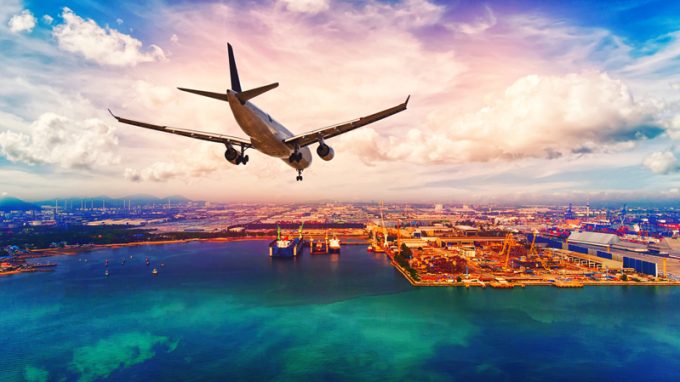'Tariff madness' will prompt renegotiation of ocean shipping contracts
Today’s “absolutely nuts” container shipping market will spur contract renegotiations, as rates and minimum quantity ...

While Maersk, CMA CGM and MSC are each seeking a bigger footprint in logistics, and in air freight in particular, there are clear differences in how they are going about it, according to Ludwig Hausmann, who leads the air cargo service line within the global transport and logistics practice of McKinsey & Co.
Maersk
Mr Hausmann said the Danish group had always had subsidiaries playing in the air freight arena: forwarder Damco, now rebranded and re-integrated; and Star Air, basically an ACMI provider ...
Asia-USEC shippers to lose 42% capacity in a surge of blanked sailings
Why ROI is driving a shift to smart reefer containers
USTR fees will lead to 'complete destabilisation' of container shipping alliances
New USTR port fees threaten shipping and global supply chains, says Cosco
Outlook for container shipping 'more uncertain now than at the onset of Covid'
Transpac container service closures mount
DHL Express suspends non-de minimis B2C parcels to US consumers

Comment on this article